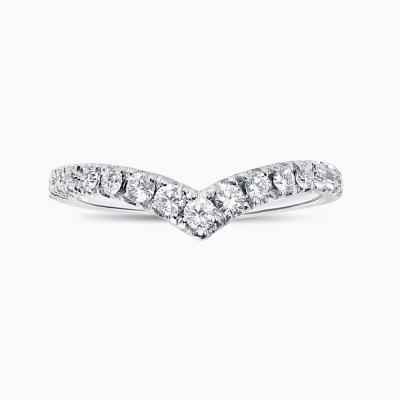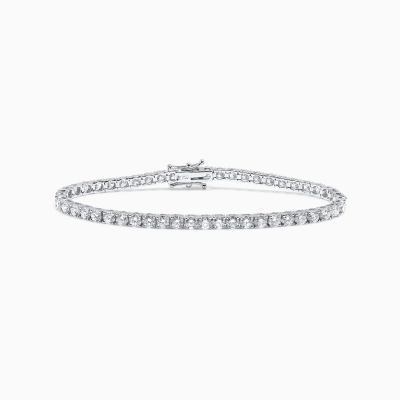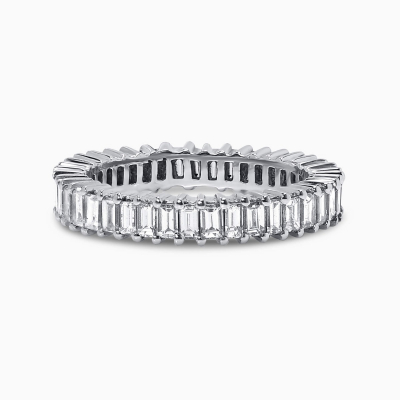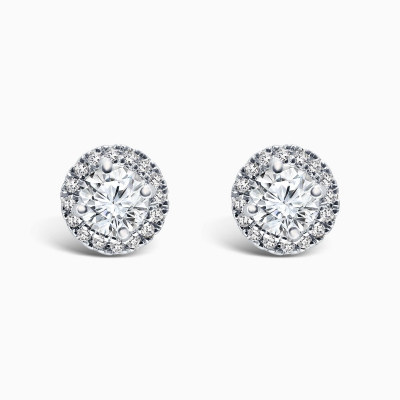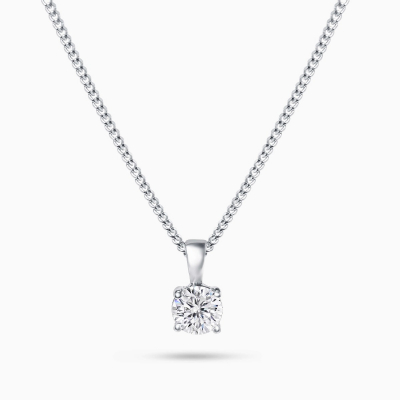USD
/
USD
/
Shipping to:
Currency:
DIAMOND CARAT
Understanding diamond quality is simplified by considering carat weight, which refers to the diamond’s weight. It's important to note that carat weight doesn't precisely reflect the diamond's size. Some shapes may appear larger despite having the same carat weight; for instance, the Marquise diamond is known for optimizing carat weight. Learn more below.
The term "carat" is widely used in jewelry, while "karat" denotes the purity of gold, so it's crucial not to confuse the two. Carat is a unit of weight, often represented as ct. One carat equals 200 milligrams, with carats further divided into points, where one point is 0.01 carat, equivalent to two milligrams. The UK officially adopted "carat" as the measurement for diamonds in 1914, now a standardized global measurement.

In addition to cut, color, and clarity, carat weight is a key factor influencing a diamond's price. Generally, heavier diamonds are more expensive and scarcer. However, it's essential to remember that heavier doesn't necessarily mean larger; the cut and shape of the diamond also play a crucial role and should be carefully considered.
Carat is denoted by ‘ct’
1 carat = 0.2 grams
5 carats = 1.0 gram
The term "carat" originates from the carob or locust tree (Ceratonia siliqua) in Mediterranean lands. Traders once used the dried seeds of this tree as a consistent unit of weight for gems, each seed weighing around 1/5 gram.
When buying, consider aiming for a carat weight just below popular weights like 1 ct. and ½ ct. This can often result in a slightly lower price, as the diamond falls just short of the popular carat weight.
Oversizes may trade at premiums of 5% to 15% over similar quality straight sizes.
Oversizes are: (0.60-0.69), (0.80-0.89), (0.96-0.99), (1.30-1.49), (1.75-1.99), (2.50+), (3.50+), and (5.50+)







